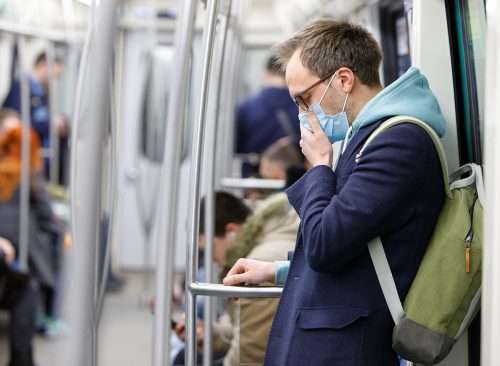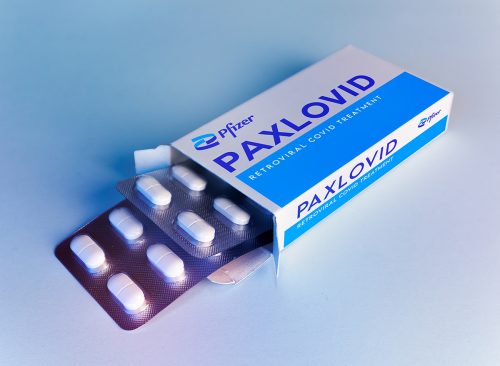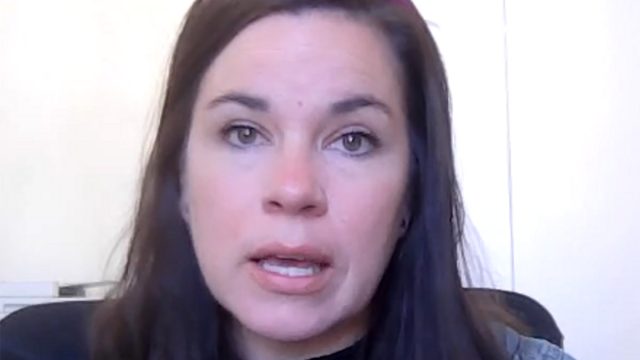I’m an Epidemiologist and Here Are 9 Things to Know About the New COVID Variant
Here’s how to stay safe.
Nearly four years in, the COVID-19 pandemic continues to be a rollercoaster: Not only are case levels regularly rising and falling, but the constantly mutating coronavirus continues to produce warning signs that are either tempered or exacerbated by data. The latest source of expert worries has been the emergence of BA.2.86 (also known as Pirola), a highly mutated version of Omicron that sparked concerns that it might override immunity produced by vaccines and previous infections, spread widely and rapidly, and mark yet another turning point in the pandemic. The first widespread studies on BA.2.86 are in, and in her latest newsletter, infectious disease expert Dr. Katelyn Jetelina decoded their findings and the future.

Dr. Jetelina reported that three labs had studied BA.2.86 in Petri dishes. Among their discoveries is that the subvariant can indeed override our immune systems. “BA.2.86 can escape our neutralizing antibodies— our immune system’s first line of defense,” she said.

However, there seems to be good news. “We thought BA.2.86 would escape our antibodies ~10 times more than XBB (the most recent Omicron subvariant to sweep the U.S.), but it’s only escaping 2-3 fold. In other words, we can expect BA.2.86 to cause infections, but not as much as anticipated,” said Dr. Jetelina.

Health officials worried that BA.2.86 might be more contagious than even the highly transmissible Omicron. That doesn’t seem to be the case so far. “BA.2.86 has a more challenging time infecting our cells than XBB. The more difficult time it has getting into our cells, the better,” says Dr. Jetelina. But there’s a caveat: “Of course, what happens in a well-controlled lab doesn’t always reflect what happens in the real world.”

The infectious-disease experts analyzed some of that real-world data, in the form of what’s been found in testing and in wastewater samples. BA.2.86 has been found in ten countries, and wastewater samples have detected it in four more countries. The biggest question is, how fast is it spreading, Dr. Jetelina said.

Three studies have found that BA.2.86’s weekly growth rate ranges from 41% to 86%, and its monthly growth rate is about 21%. That’s well below Omicron’s weekly growth rate of 400% but above the growth rate of XBB, the variant that dominated the U.S. and elsewhere for much of 2023. “In other words, we won’t have a tsunami, but a BA.2.86 wave is possible,” said Dr. Jetelina.

However, “This can change,” said Dr. Jetelina. “These estimations have a ton of limitations and we just don’t have a lot of data points to go off of. And like we’ve seen before, a variant can gain or lose speed over time.” The Delta variant started slowly and then spread quickly.

Other studies have indicated that the antiviral drug Paxlovid is effective against BA.2.86, and antigen tests (like the kind in at-home test kits) are able to detect the subvariant, Dr. Jetelina said. Monoclonal antibody therapy is not effective against BA.2.86, but it wasn’t effective against XBB, either.
RELATED: Surprising Signs You’ve Already Had COVID

“BA.2.86 has a ton of mutations, but the initial puzzle pieces look reassuring. We are at the mercy of time to see how this unfolds,” she concluded. “At the very least, get a COVID-19 vaccine this fall.”















